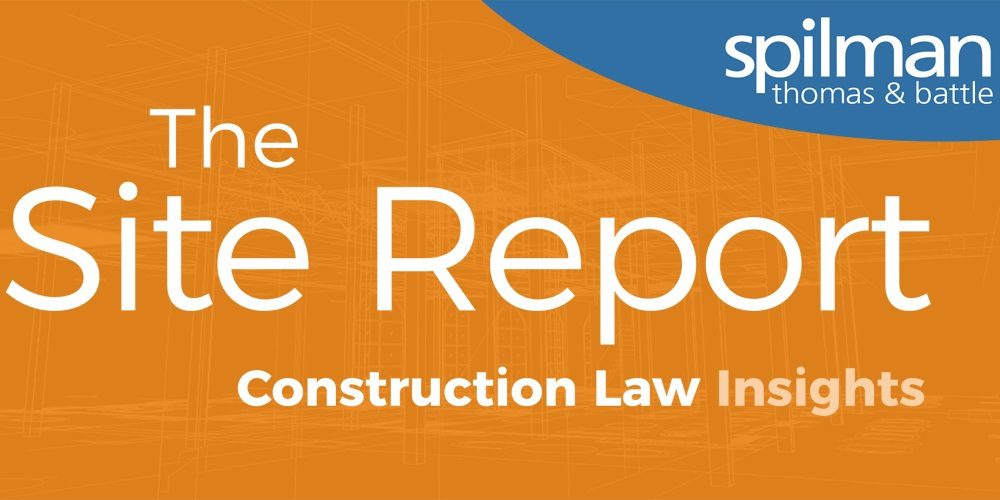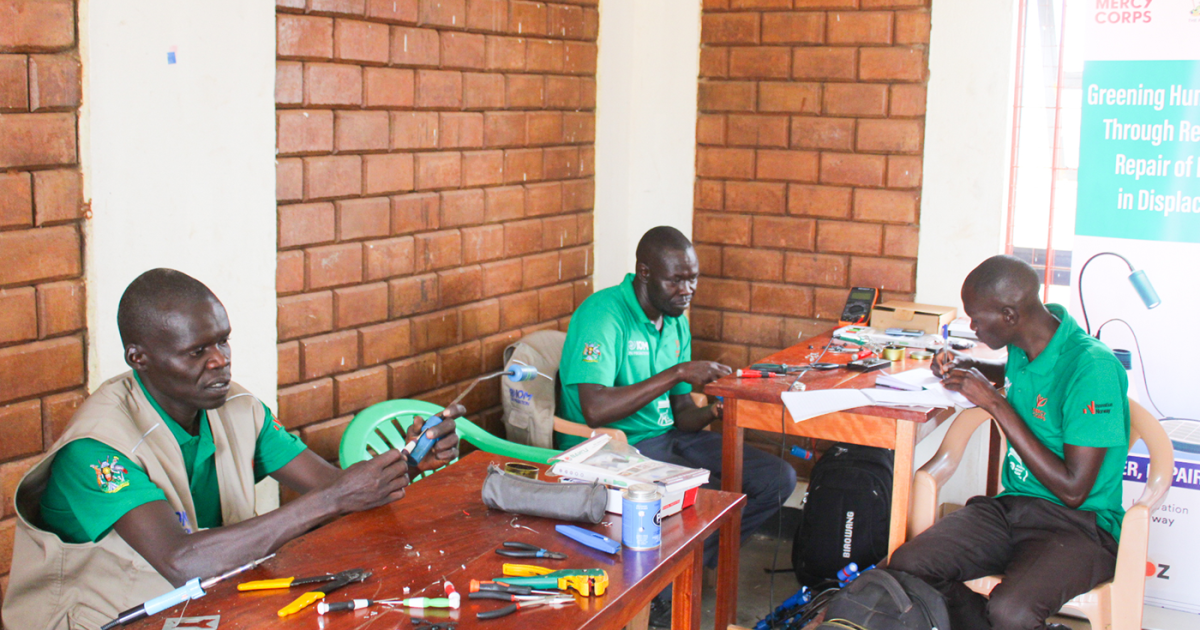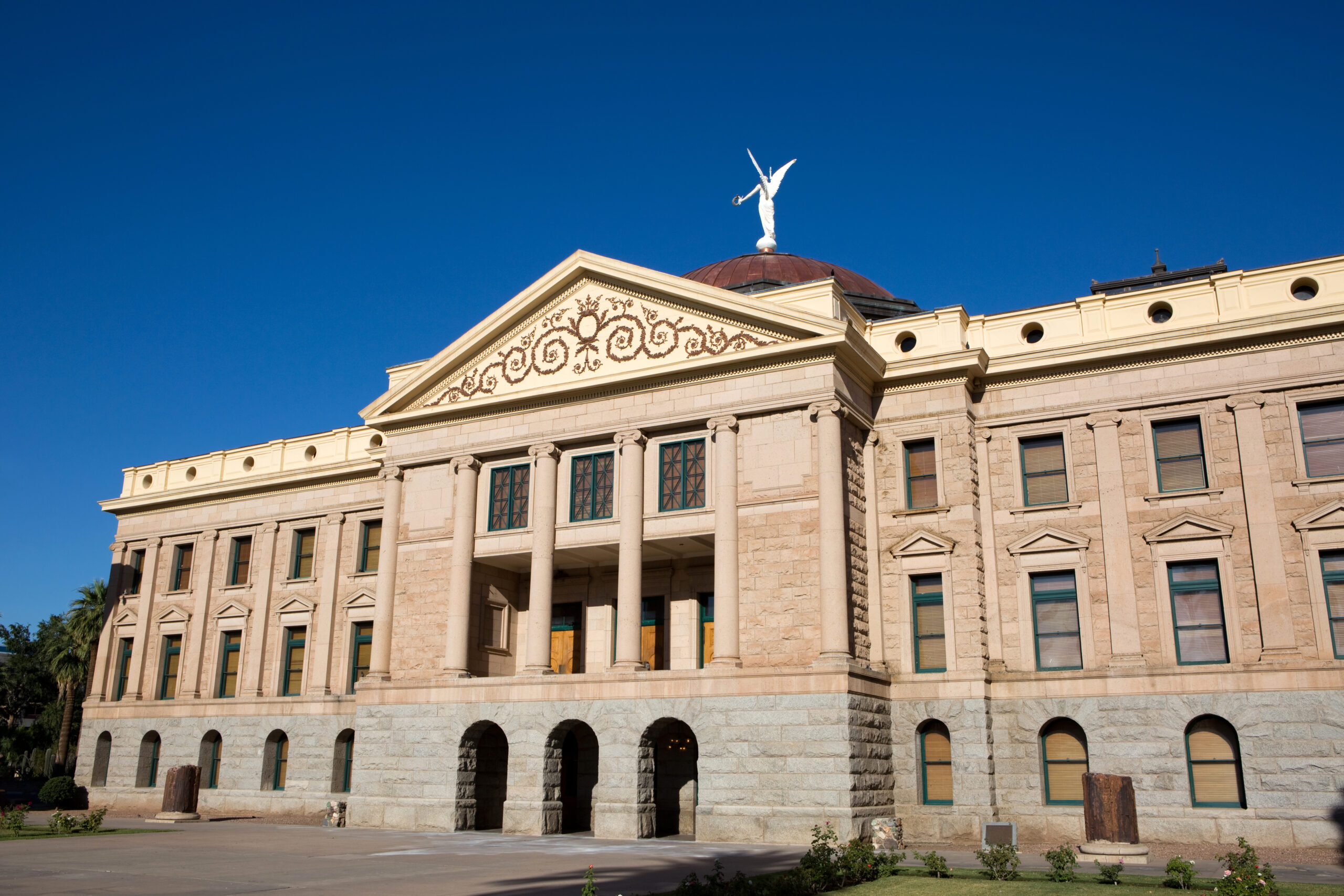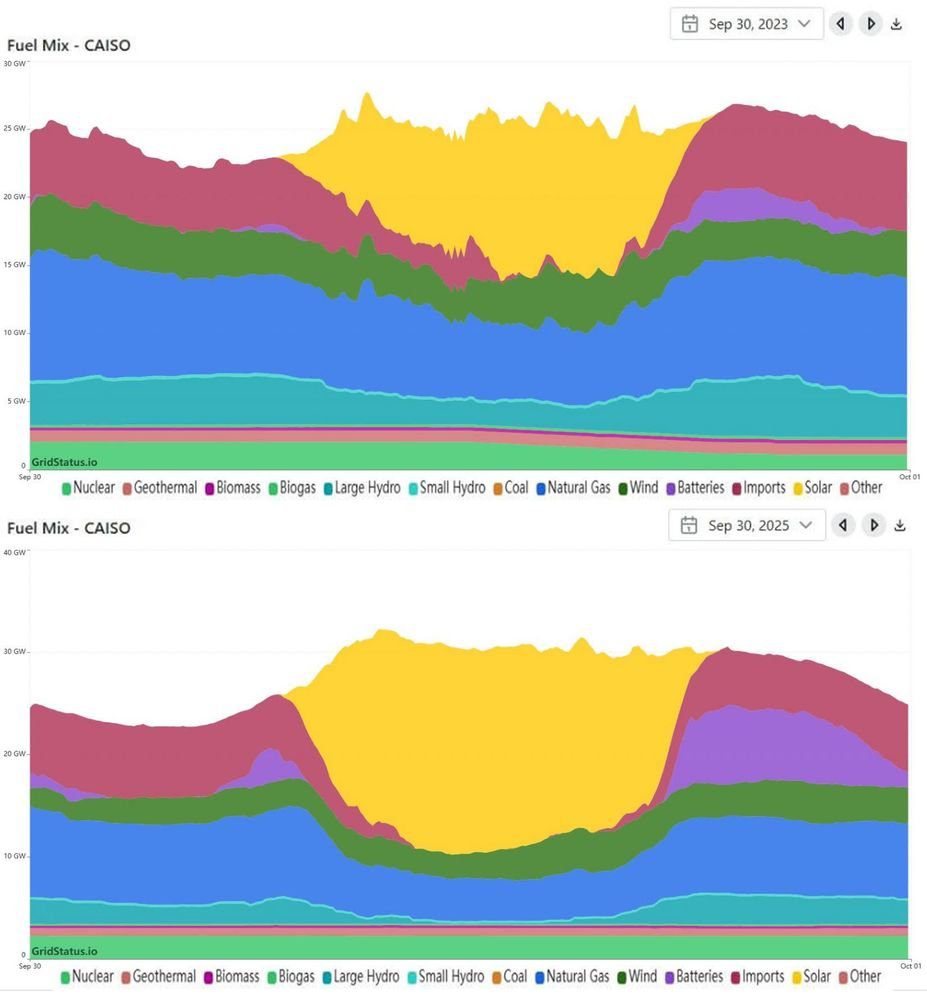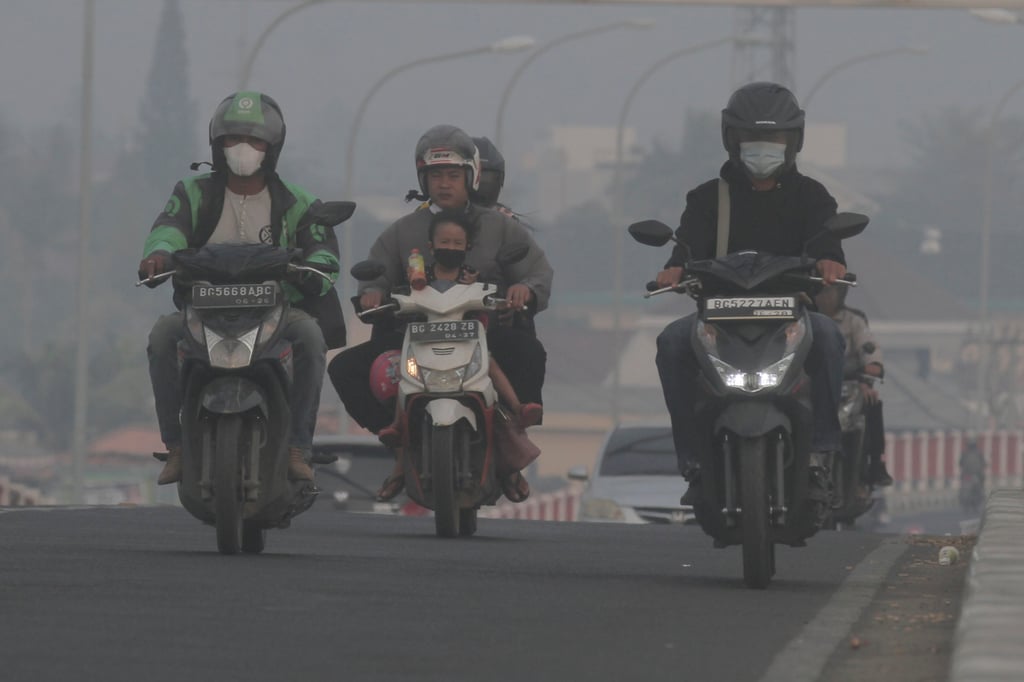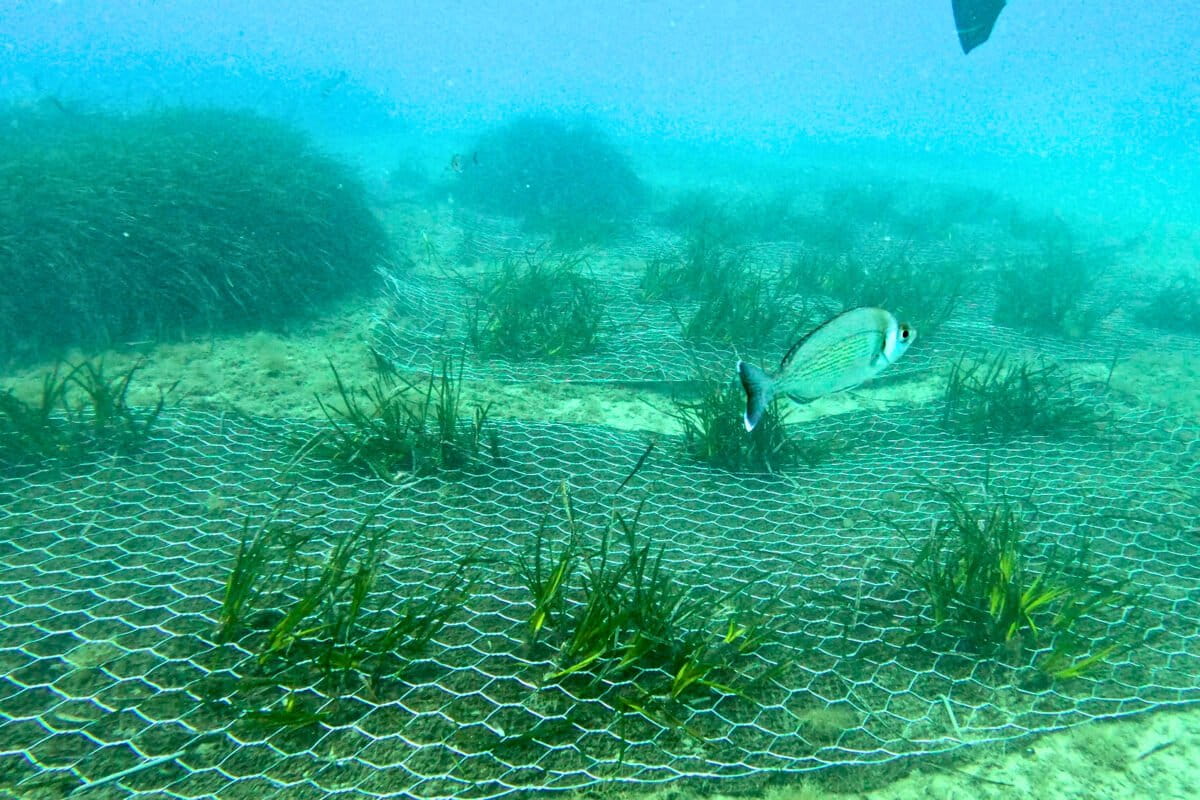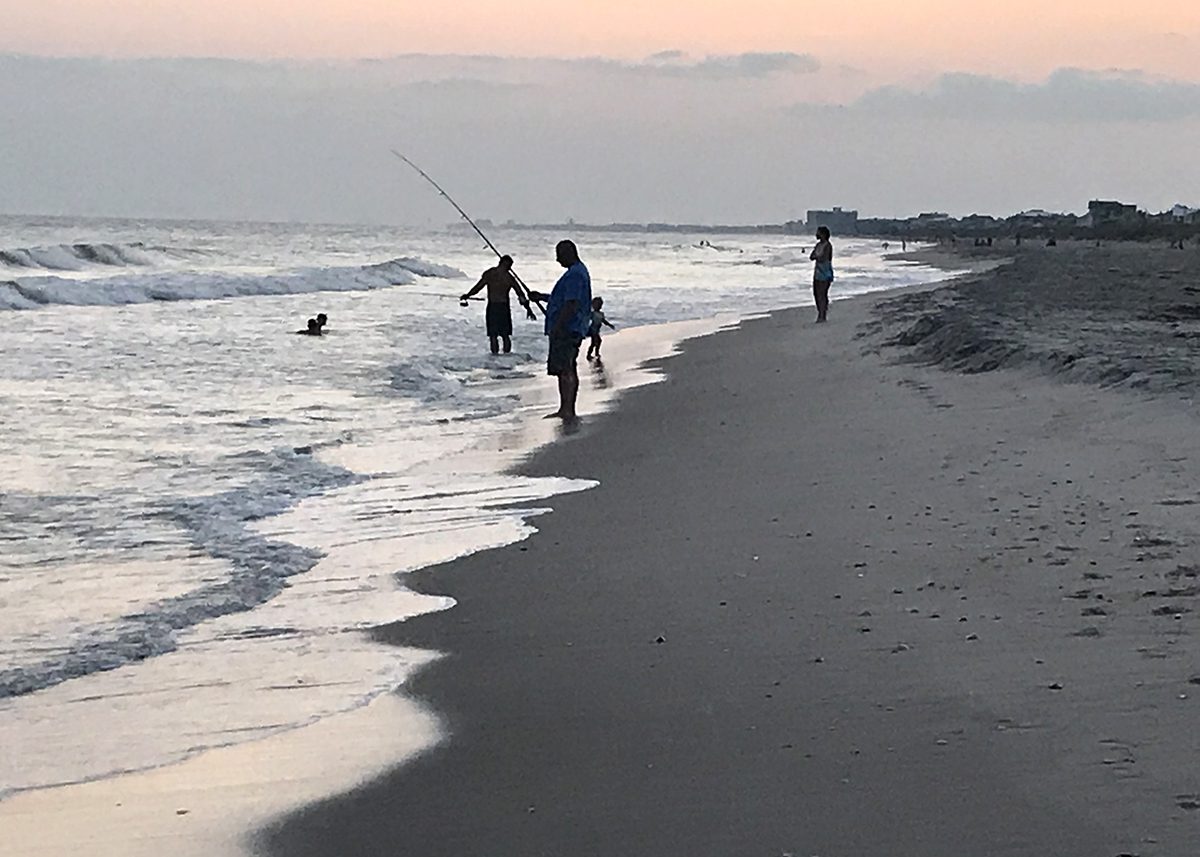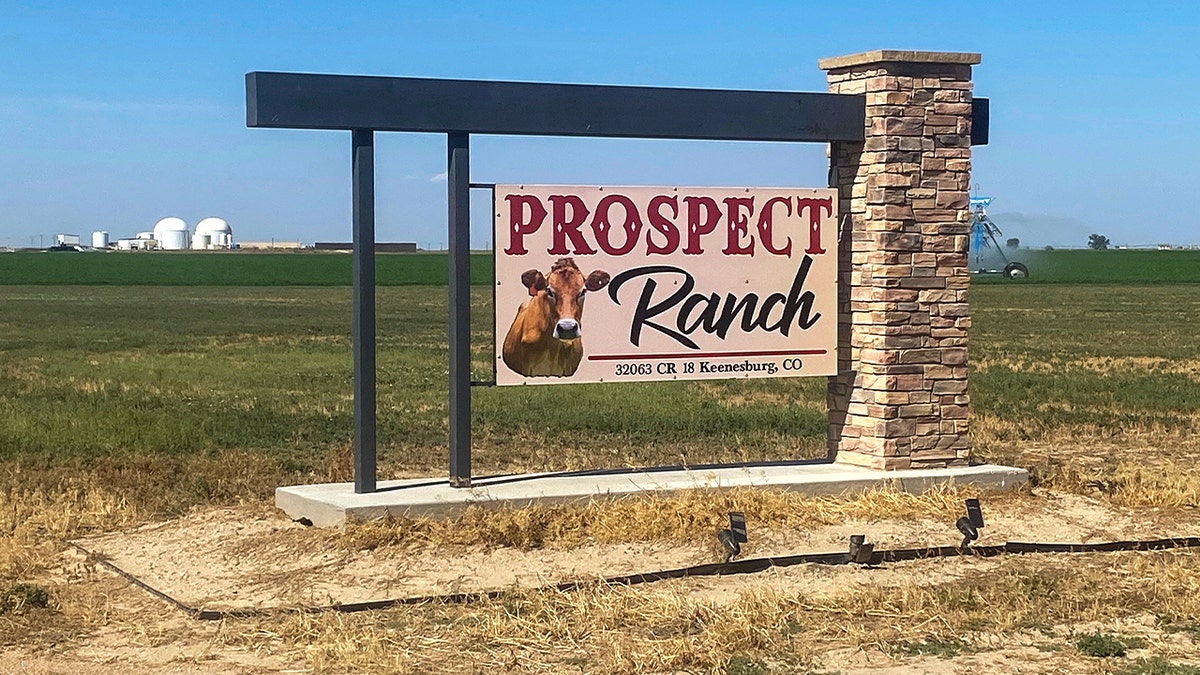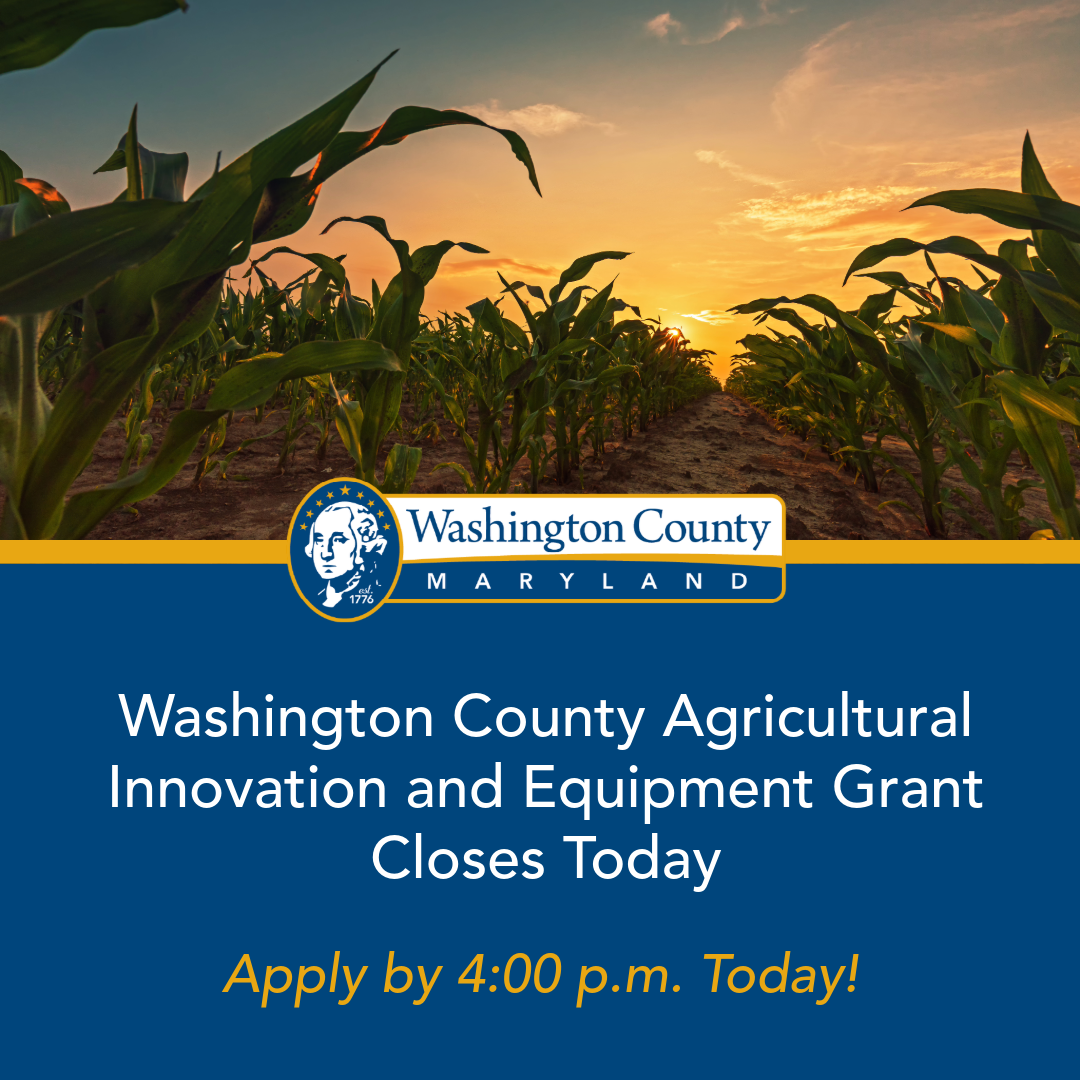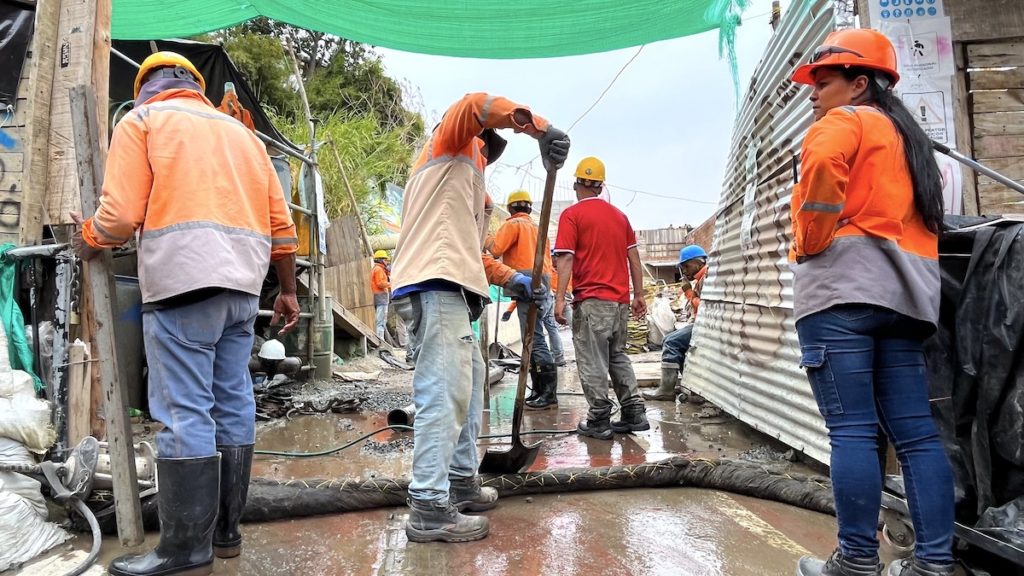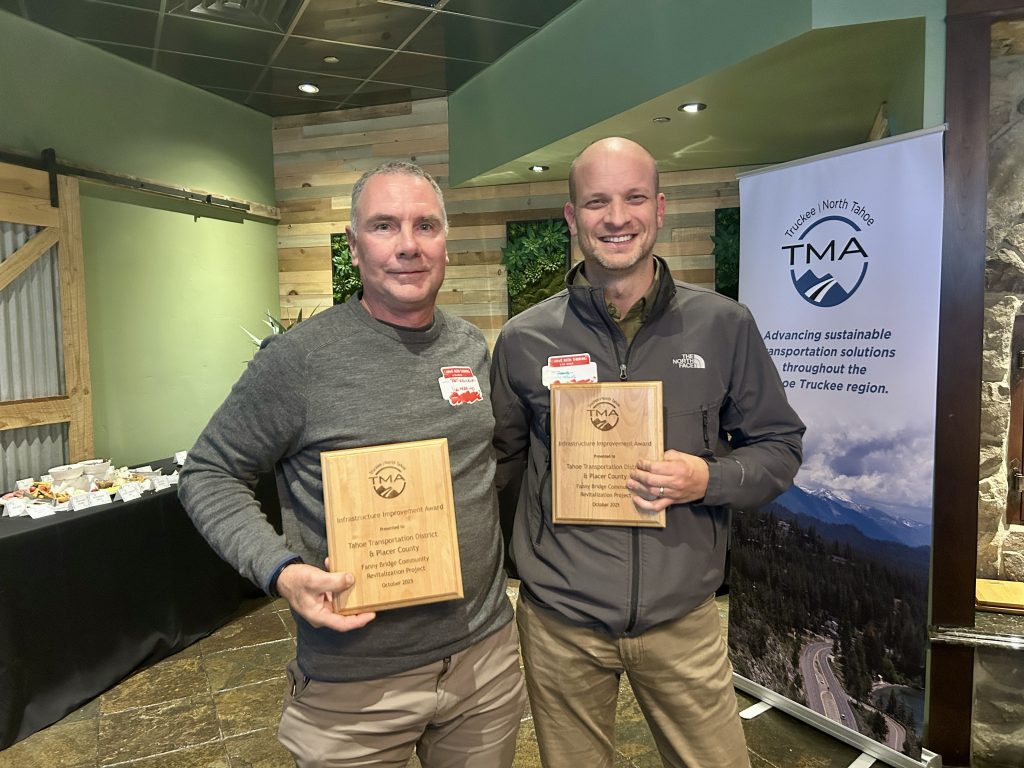Recreational space – Sunderland’s smart playparks top global leaderboard – Smart Cities World
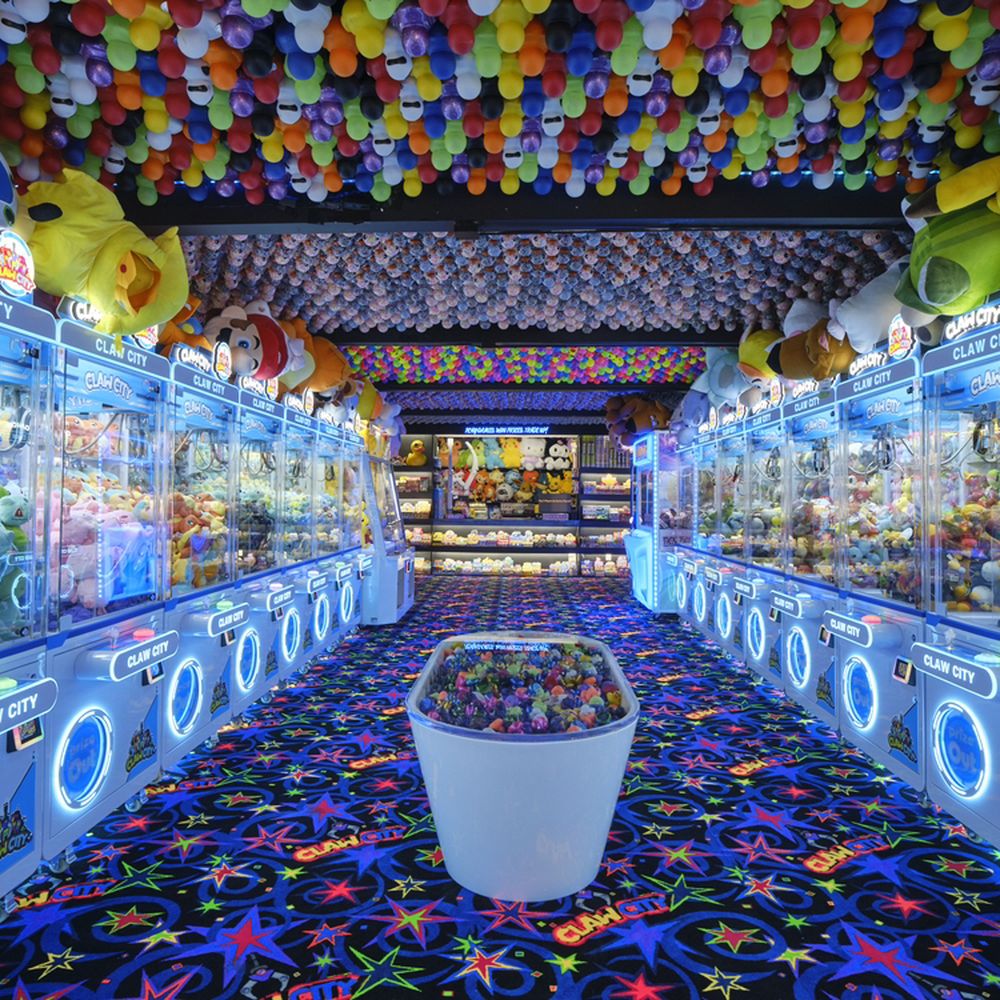
Report on Sunderland’s Smart Play Park Initiative and its Contribution to Sustainable Development Goals
Introduction
A recent analysis of usage data from Sunderland’s smart play parks reveals that interactive installations have surpassed global averages for user engagement. This report details the initiative’s success, technological implementation, and significant alignment with the United Nations’ Sustainable Development Goals (SDGs), particularly in promoting health, reducing inequality, and fostering sustainable communities.
Project Implementation and Technological Framework
Smart-Enabled Community Spaces
As part of its broader smart city vision, Sunderland City Council, in collaboration with Boldyn Networks, has deployed advanced interactive play equipment in key public parks. The primary installations include:
- Yalp Sutu Football Wall (Thompson Park): An interactive wall that blends physical activity with technology, using lights and sounds to create engaging games that encourage movement and skill development.
- Yalp Sona Arch (Seaburn Play Park): A movement-based play system employing music and motion sensors to facilitate inclusive games, promoting social interaction and physical activity for all ages and abilities.
These installations are complemented by the provision of free, superfast public WiFi, transforming traditional parks into connected, modern community hubs.
Data-Driven Management and Strategic Development
The performance of the smart equipment is monitored via a connected dashboard provided by Yalp. This system supplies Sunderland City Council with live data on usage and engagement levels. Such data-driven insight is critical for:
- Guiding future investment in public infrastructure.
- Informing maintenance schedules and resource allocation.
- Designing public services that effectively respond to resident needs and behaviours.
- Planning the development of additional smart-enabled spaces.
Alignment with Sustainable Development Goals (SDGs)
The smart play park programme directly supports Sunderland’s commitment to sustainability and contributes to several key SDGs.
SDG 3: Good Health and Well-being
The initiative actively promotes healthier lifestyles and well-being by:
- Encouraging physical activity and outdoor recreation for families.
- Creating opportunities for socialisation and community connection, which are vital for mental well-being.
- Blending technology with play to make exercise more engaging and accessible.
SDG 10: Reduced Inequalities & SDG 11: Sustainable Cities and Communities
The project advances the goals of creating inclusive and sustainable urban environments through several strategic actions:
- Inclusivity: The equipment is designed to be accessible to people of all ages and abilities, ensuring equitable access to recreation.
- Digital Equity: The provision of free public WiFi helps to bridge the digital divide, reducing inequality in access to information and online services.
- Sustainable Urban Development: By reimagining public spaces with smart, data-led solutions, the city is creating safer, more resilient, and connected communities, which is a core target of SDG 11.
SDG 9: Industry, Innovation, and Infrastructure & SDG 17: Partnerships for the Goals
The programme exemplifies innovation in public infrastructure and the power of strategic partnerships:
- Innovation: The use of interactive technology and data analytics represents a significant innovation in the management and design of public services and infrastructure.
- Partnerships: The successful collaboration between Sunderland City Council and Boldyn Networks demonstrates a public-private partnership effectively leveraging technology to achieve sustainable development objectives.
Analysis of Sustainable Development Goals in the Article
1. Which SDGs are addressed or connected to the issues highlighted in the article?
-
SDG 3: Good Health and Well-being
- The article highlights that the interactive installations are “helping families get active” and “inspire healthier lifestyles.” The equipment, such as the football wall and the Sona Arch, encourages “movement” and “outdoor activity,” which directly contributes to the physical well-being of residents.
-
SDG 10: Reduced Inequalities
- The project aims to “reduce inequality” and create “more inclusive communities.” The smart play equipment is designed for “all ages and abilities,” and the Sona Arch specifically sparks “inclusive games.” This focus on accessibility and inclusion for everyone, regardless of ability, aligns with reducing inequalities.
-
SDG 11: Sustainable Cities and Communities
- The initiative is a core part of Sunderland’s “broader smart city vision” to “reimagine public spaces.” It focuses on creating “connected community spaces,” enhancing “public spaces through smart, data-led solutions,” and providing “superfast and free public wifi.” This directly relates to making cities and human settlements inclusive, safe, resilient, and sustainable.
-
SDG 17: Partnerships for the Goals
- The article explicitly mentions that the smart playparks were “developed in collaboration with Boldyn Networks.” This public-private partnership between Sunderland City Council and a technology company is a clear example of the collaboration needed to achieve sustainable development goals.
2. What specific targets under those SDGs can be identified based on the article’s content?
-
Target 3.4: Promote mental health and well-being
- The article’s emphasis on helping families “get active,” “socialise,” and enjoy “healthier lifestyles” through engaging outdoor play directly supports the promotion of physical and mental well-being.
-
Target 10.2: Empower and promote the social, economic and political inclusion of all
- The project’s goal to “reduce inequality” and create “inclusive communities” is put into practice by providing play systems like the Sona Arch, which is designed for “all ages and abilities,” thus promoting social inclusion.
-
Target 11.7: Provide universal access to safe, inclusive and accessible, green and public spaces
- The entire project is centered on creating smart play parks, which are “public spaces” designed to be inclusive. The article states the ambition is to create “more inclusive communities and environments” and mentions the equipment is for “all ages and abilities,” directly aligning with this target.
-
Target 17.17: Encourage and promote effective public, public-private and civil society partnerships
- The development of the playparks is a result of a partnership between “Sunderland City Council” and “Boldyn Networks.” This collaboration is a model for the public-private partnerships that this target aims to foster.
3. Are there any indicators mentioned or implied in the article that can be used to measure progress towards the identified targets?
-
Usage and Engagement Data
- The article explicitly states that “usage and performance” are “monitored through a connected dashboard.” It provides “live data on engagement levels,” and notes that “playtime for the UK city’s smart Yalp Sutu Football Wall and Sona Arch… is significantly higher than the worldwide average.” This data serves as a direct indicator of the public’s use of these health-promoting and inclusive spaces (relevant to Targets 3.4, 10.2, and 11.7).
-
Existence of Public-Private Partnership
- The article identifies the “collaboration with Boldyn Networks” as the mechanism for developing the playparks. The existence and successful implementation of this partnership is an indicator for Target 17.17.
-
Provision of Inclusive Public Spaces and Services
- The creation of the smart playparks themselves, designed for “all ages and abilities” and offering “free public wifi,” serves as a qualitative indicator of progress towards Target 11.7. The article mentions these are part of a plan for “further smart-enabled spaces,” indicating a scalable strategy.
4. Summary Table of SDGs, Targets, and Indicators
| SDGs | Targets | Indicators |
|---|---|---|
| SDG 3: Good Health and Well-being | Target 3.4: Promote mental health and well-being. | Usage data from the interactive equipment showing high levels of playtime and physical activity. |
| SDG 10: Reduced Inequalities | Target 10.2: Empower and promote the social inclusion of all. | The provision of play equipment designed for “all ages and abilities” to create inclusive community spaces. |
| SDG 11: Sustainable Cities and Communities | Target 11.7: Provide universal access to safe, inclusive and accessible, green and public spaces. | Live data on engagement levels in the public play parks; Provision of free public wifi in community spaces. |
| SDG 17: Partnerships for the Goals | Target 17.17: Encourage and promote effective public, public-private and civil society partnerships. | The established collaboration between Sunderland City Council and Boldyn Networks to develop the smart playparks. |
Source: smartcitiesworld.net

What is Your Reaction?
 Like
0
Like
0
 Dislike
0
Dislike
0
 Love
0
Love
0
 Funny
0
Funny
0
 Angry
0
Angry
0
 Sad
0
Sad
0
 Wow
0
Wow
0







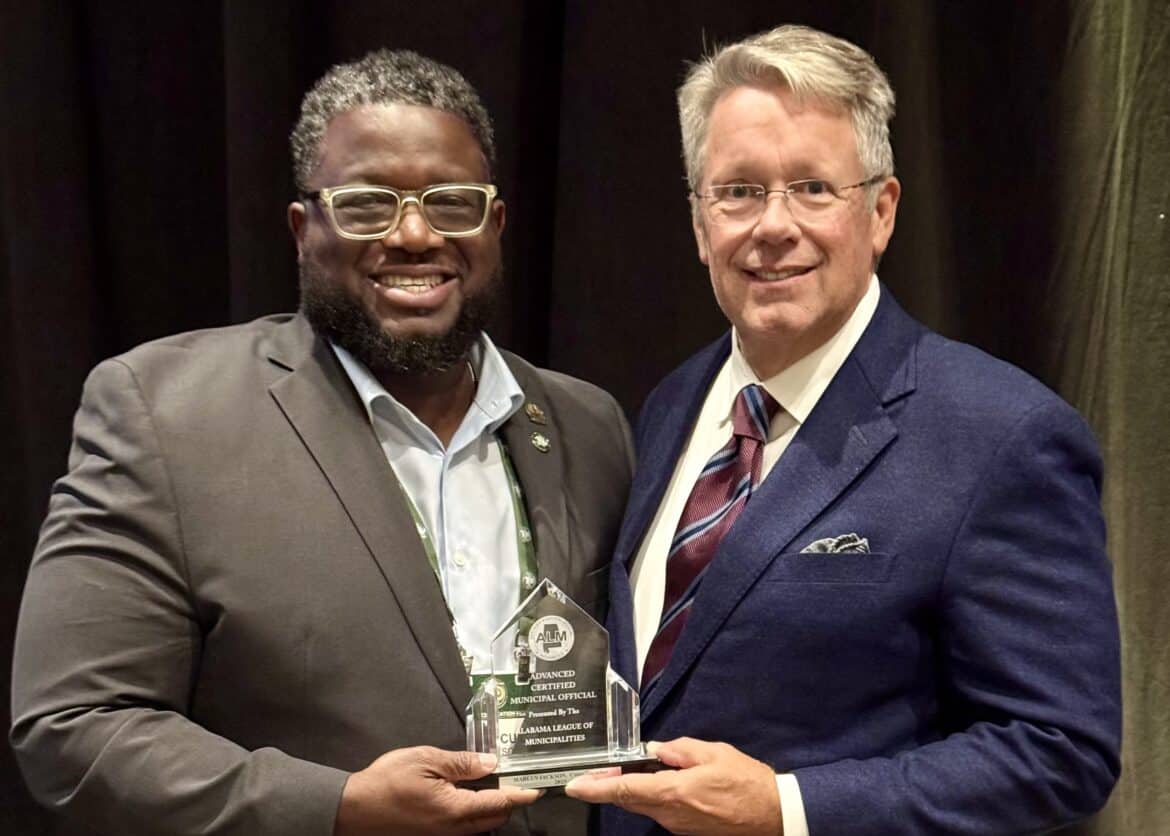







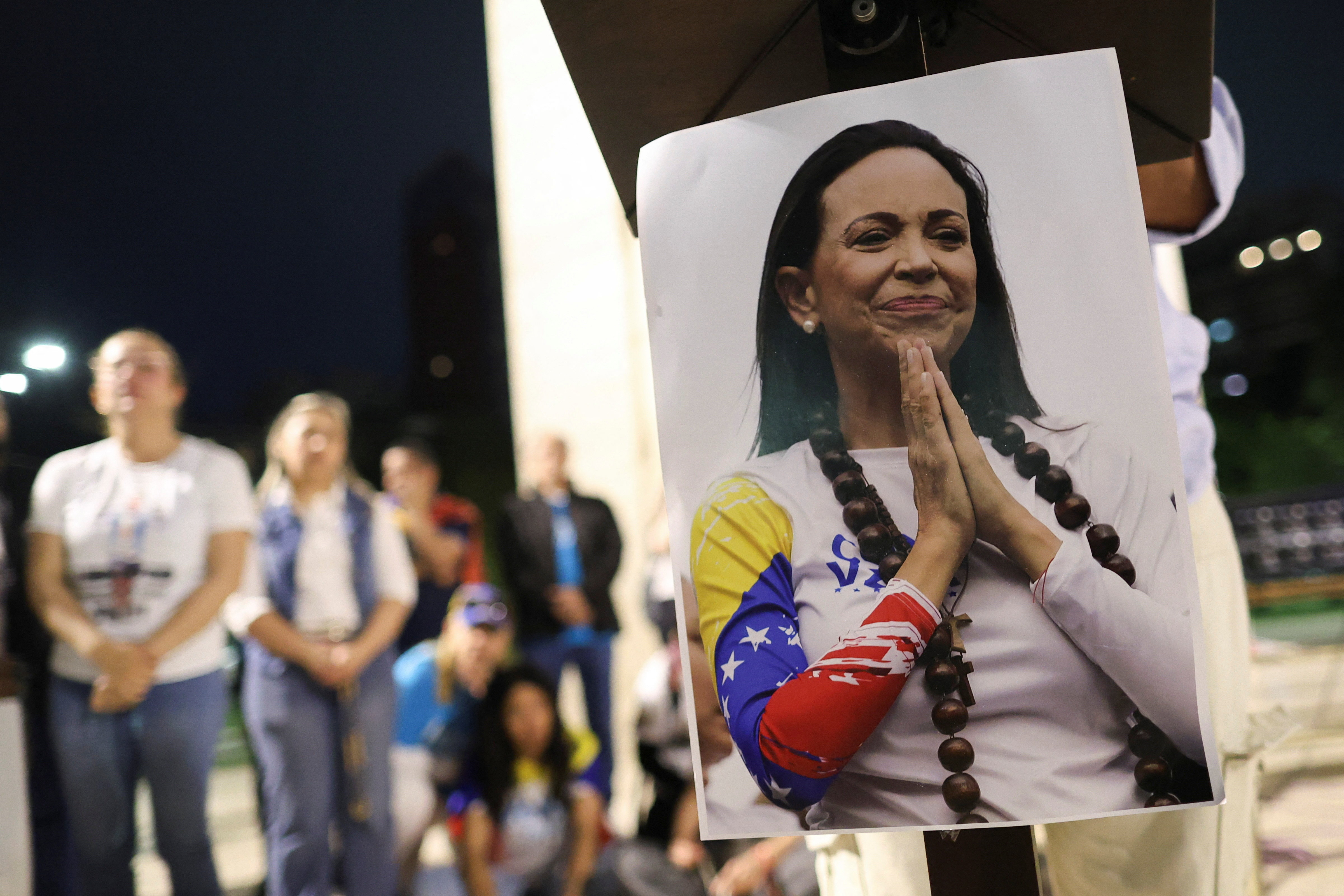;Resize=805#)


